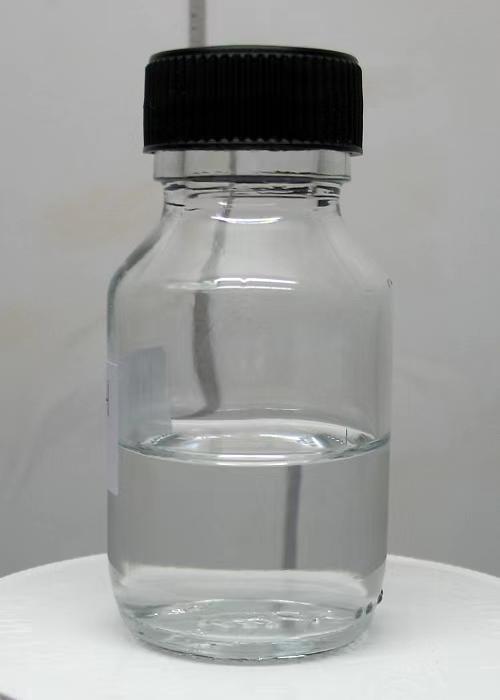



15 naoh
Understanding 15% Sodium Hydroxide Solution Properties, Applications, and Safety
Sodium hydroxide, commonly known as caustic soda or lye, is a highly versatile chemical compound used across various industries. One of its common concentrations is a 15% (w/v) solution, which holds significance in both industrial and laboratory settings. This article will explore the properties, applications, and safety considerations associated with 15% sodium hydroxide.
Properties of 15% Sodium Hydroxide Solution
A 15% sodium hydroxide solution is characterized by its alkaline nature, with a pH that is typically around 13. This high pH level signifies its strength as a base, making it effective for neutralizing acids and facilitating various chemical reactions. The solution appears as a clear, colorless liquid that is hygroscopic, meaning it can absorb moisture from the air. Being highly soluble in water, sodium hydroxide dissociates into sodium (Na⁺) and hydroxide (OH⁻) ions, contributing to its strong basicity.
The molarity of a 15% sodium hydroxide solution can be calculated to determine its exact concentration in moles per liter. A 15% solution translates to approximately 3.75 moles per liter, indicating a significant concentration that should be handled with caution.
Applications of 15% Sodium Hydroxide Solution
The applications of 15% sodium hydroxide are vast and varied. In the chemical industry, it is utilized as a reagent in numerous reactions, including saponification, where fats or oils react with sodium hydroxide to produce soap. It is also involved in the production of biodiesel through transesterification, where triglycerides react with an alcohol in the presence of a catalyst.
In the food industry, sodium hydroxide is employed as a food additive, primarily for curing olives and as a pH regulator in various food processing operations. Additionally, it is essential in the production of textiles, where it assists in the mercerization of cotton to enhance its strength and dye affinity.
15 naoh

Moreover, 15% sodium hydroxide plays a pivotal role in the manufacturing of paper and pulp. It is used to break down lignin and hemicellulose, which are key components of plant materials, thereby facilitating the separation of cellulose fibers. This process is crucial for producing high-quality paper products.
In laboratories, a 15% sodium hydroxide solution is often used for titration experiments and as a standard reagent due to its reliable consistency. It is also a common cleaning agent in laboratory settings, effectively removing organic residues and neutralizing acidic spills.
Safety Considerations
Despite its numerous applications, handling a 15% sodium hydroxide solution requires strict adherence to safety protocols due to its corrosive nature. Direct contact with skin can cause severe burns, and exposure to eyes may result in permanent damage. Therefore, it is essential to wear appropriate personal protective equipment (PPE), including gloves, goggles, and lab coats, when working with this substance.
In case of accidental contact, it is crucial to rinse the affected area with copious amounts of water and seek medical attention immediately. Environments where sodium hydroxide is handled should be well-ventilated, and storage should be in clearly labeled, corrosion-resistant containers to prevent accidental exposure or contamination.
Emergency protocols should also be established in any facility using 15% sodium hydroxide to ensure rapid response in case of spills or exposure incidents. Training employees on the hazards and proper handling of sodium hydroxide is vital for maintaining a safe workplace.
Conclusion
In summary, a 15% sodium hydroxide solution is an essential chemical in various industries, offering a wide range of applications from food processing to textile manufacturing. Its strong alkaline properties make it a powerful reagent, but these same properties necessitate careful handling and safety measures. Understanding both the benefits and risks associated with sodium hydroxide is crucial for anyone working with this compound, ensuring its safe use in industrial and laboratory environments. As industries continue to rely on sodium hydroxide for numerous applications, maintaining a culture of safety and awareness around its use remains paramount.
-
Why Sodium Persulfate Is Everywhere NowNewsJul.07,2025
-
Why Polyacrylamide Is in High DemandNewsJul.07,2025
-
Understanding Paint Chemicals and Their ApplicationsNewsJul.07,2025
-
Smart Use Of Mining ChemicalsNewsJul.07,2025
-
Practical Uses of Potassium MonopersulfateNewsJul.07,2025
-
Agrochemicals In Real FarmingNewsJul.07,2025
-
Sodium Chlorite Hot UsesNewsJul.01,2025










